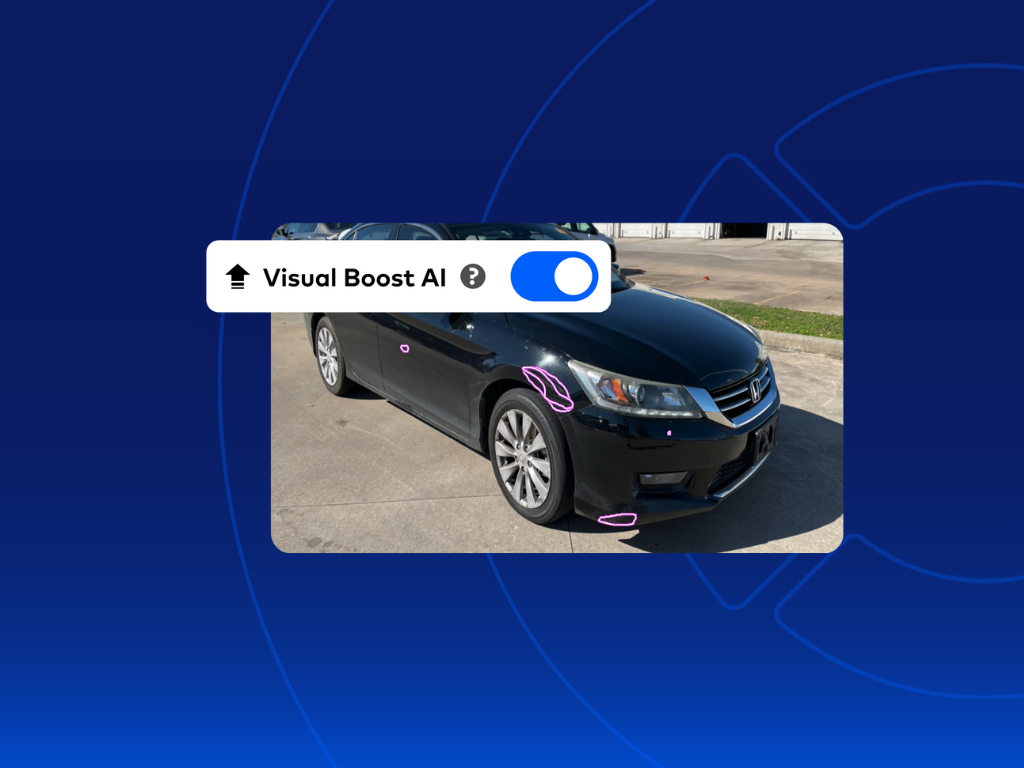4 Ways to Ensure You Are Protecting Your Customers’ Data (and Yourself)
When customers hand over their vehicles, sometimes they still have personal data stored on them. This might be seemingly harmless stuff — music playlists and reminders to pick up the kids. Other times, it could be entire contact lists, home addresses or even database forms.
No matter what the personal data, following best practices and taking advantage of privacy tools will help ensure your customers’ confidential information (including their consumers’ personal information) stays confidential.
Why is this important?
In a nutshell, it just makes good business sense. When a consumer decides to sell their vehicle, they inherently trust every part of the process to go smoothly. Removing any personal data helps keep that trust by diminishing data footprints and lowering potential security risks. Further, by taking proactive steps to protect privacy and data, you reduce the risks of not abiding by certain laws and regulations set in place to protect customers and consumers.
Below are some measures you can take to ensure you’re protecting your customer.
Remove all geolocation and biometric data
Geolocation technology can be used to locate the vehicle while biometric technology focuses on the identity or authentication of a person based on some type of biological or behavioral characteristic.
For geolocation – think GPS, Bluetooth and your cell ID, while biometric will focus on data such as fingerprint, voice or facial recognition.
It’s important to note that both types of data are not always stored in the infotainment area of the car (think dashboard area) – so it’s important to be thorough. For instance, some newer models of vehicles have built in technology that can authenticate a driver profile from the moment they sit down while rejecting others.
Understand the data flow for your business
Ask yourself questions like, where are my customers’ data coming from? What service providers are we using and what do our agreements say regarding data removal? Where is the data being kept?
Asking yourself these questions will help you really understand what data you actually need from your customers and what you can do without. The more data you collect, the higher the risk of liability – so collect mindfully and strategically.
Set a data retention timeline
Have an understanding of how long you’re keeping data and make sure you’re not hoarding it. With personal data, you will not want to hold it for longer than its useful life.
Be sure to set a data retention timeline and delete your customers’ information from your databases as soon as you’re legally and contractually allowed to do so.
Train your teams
Nobody can expect to take care of something they may be in the dark about. That’s why it’s important to set up training for your team members on the importance of data privacy — so they can understand and champion privacy best practices.
When it comes down to it, protecting your customers’ digital data in a vehicle is just like physically going through the hidden nooks and crannies of the vehicle and removing items such as leftover mail or sticky notes with personal telephone numbers. Now, there are just more hiding spots for the data.



